Sergei Shchukin’s modern masters reunite, for the first time outside of Russia
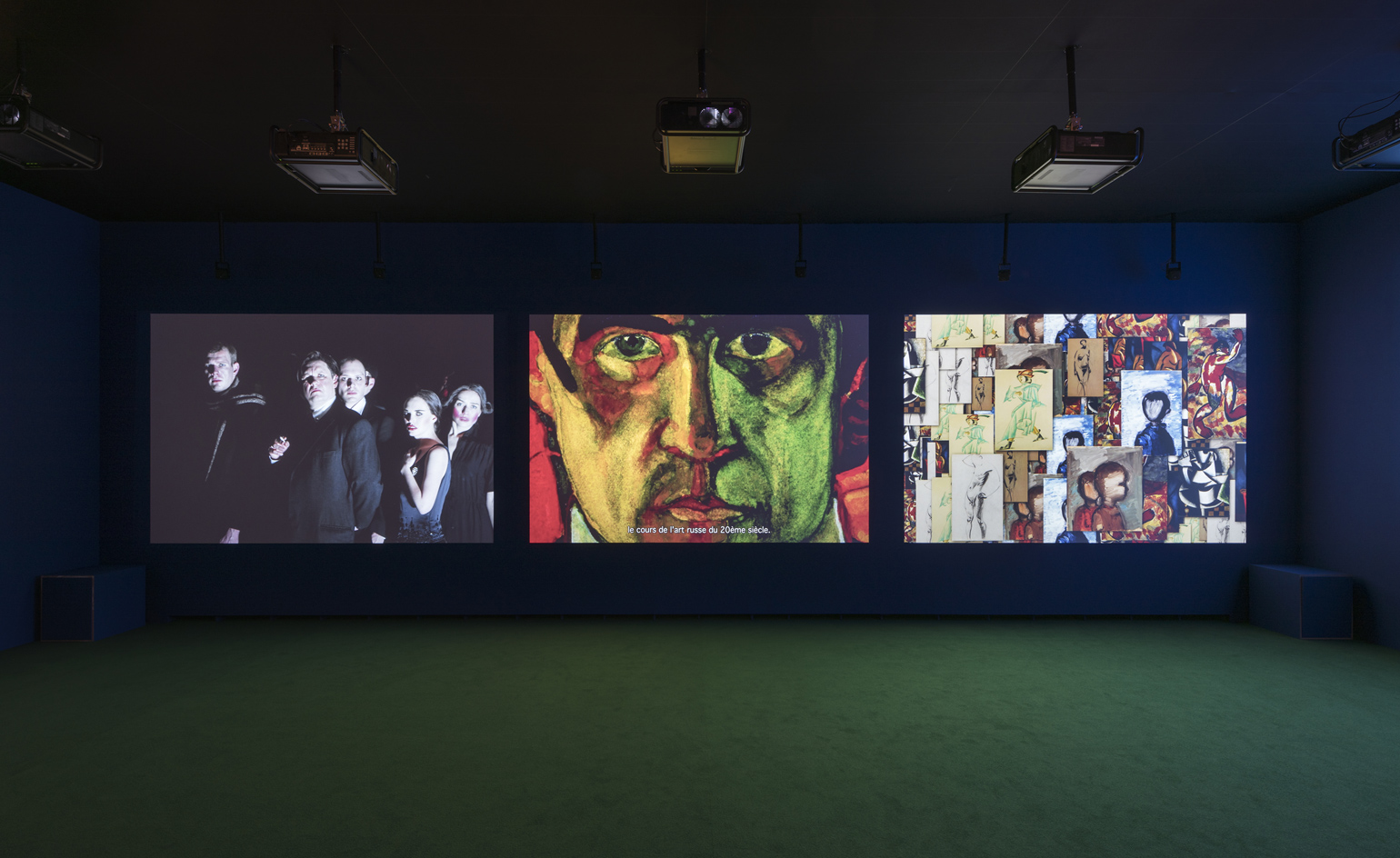
In 1908, the Russian industrialist and insatiable art collector Sergei Shchukin opened the painting galleries of his residence in the Trubetzkoy Palace to the public every Sunday. Now considered among the most influential patrons of the 20th century, he had already amassed a significant number of works by Monet, Rousseau, Gauguin, Matisse and Cézanne, whose vision of modernity he respected above all.
He subsequently commissioned Matisse to create several new works including Dance and Music panels for his staircase, and invited the artist to Moscow to hang his pieces in what became known as the Pink Drawing Room. Arguably his most interesting collecting period occurred between 1912–14 when he discovered cubism and purchased roughly 30 works by Picasso. This shift was largely motivated by young Russian artists, who would come to study the paintings, subsequently launching their own shape-shifting movements of futurism and supremacism.
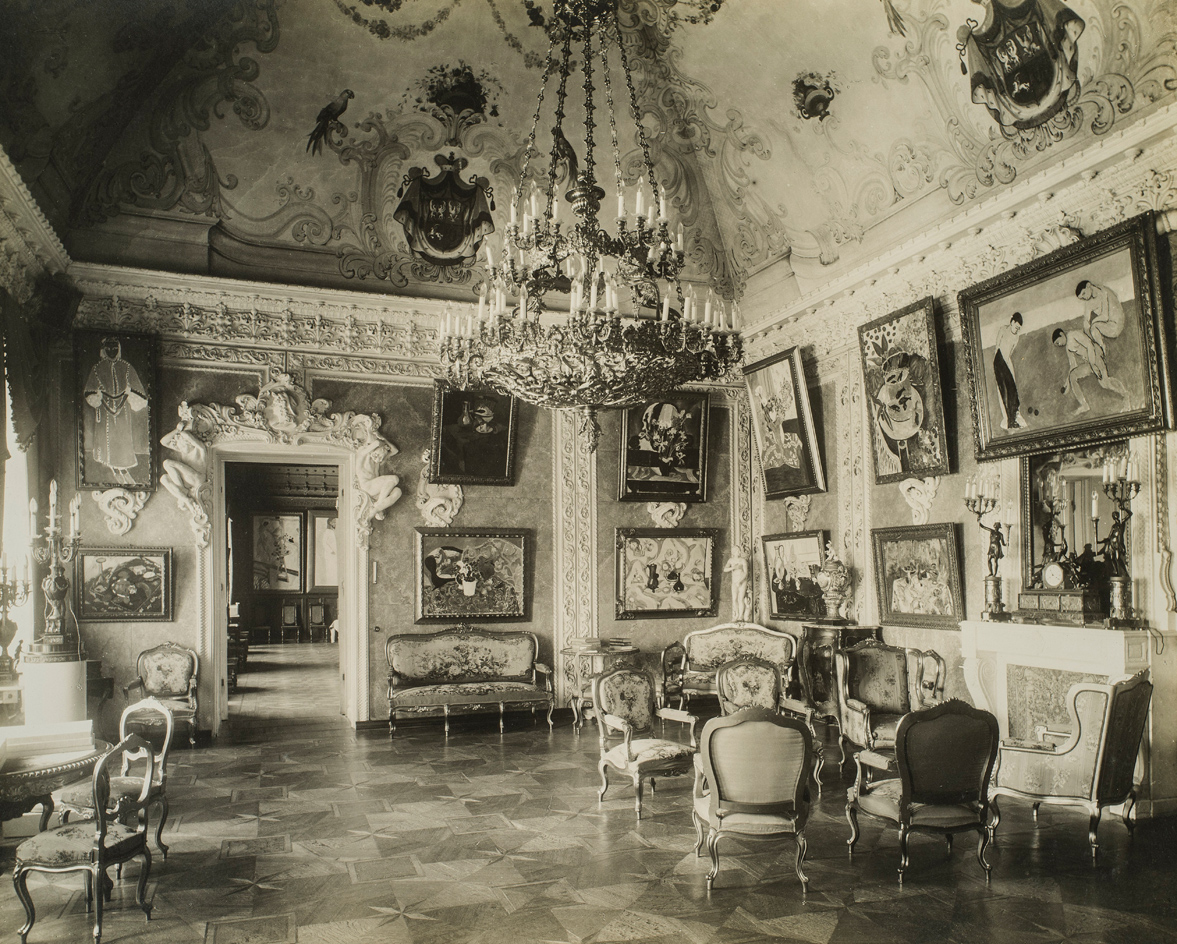
The Pink Drawing Room
An extraordinary exhibition organised by the Fondation Louis Vuitton brings together 127 paintings, sculptures, collages and drawings from Shchukin’s collection which, since 1948, had been divided between the Pushkin Museum of Fine Art in Moscow and the Hermitage Museum in St Petersburg (274 works belonging to Shchukin were nationalised in 1918 during the Revolution). Both museums are partners in the show, which came together in part thanks to the perseverance of his grandson, André-Marc Delocque-Fourcaud.
While the temporary reunion of French masterpieces under one rather remarkable, Frank Gehry-conceived roof of glass sails might be the main draw for most visitors, the addition of 31 works from the Russian avant-garde as evidence of the collection’s influence carries no less significance. As Bernard Arnault, president of LVMH and the Fondation Louis Vutton notes in his preface, the value of this show comes partly from the desire to ‘re-create the visual and emotional “shockwave” that the collections gave rise to’.
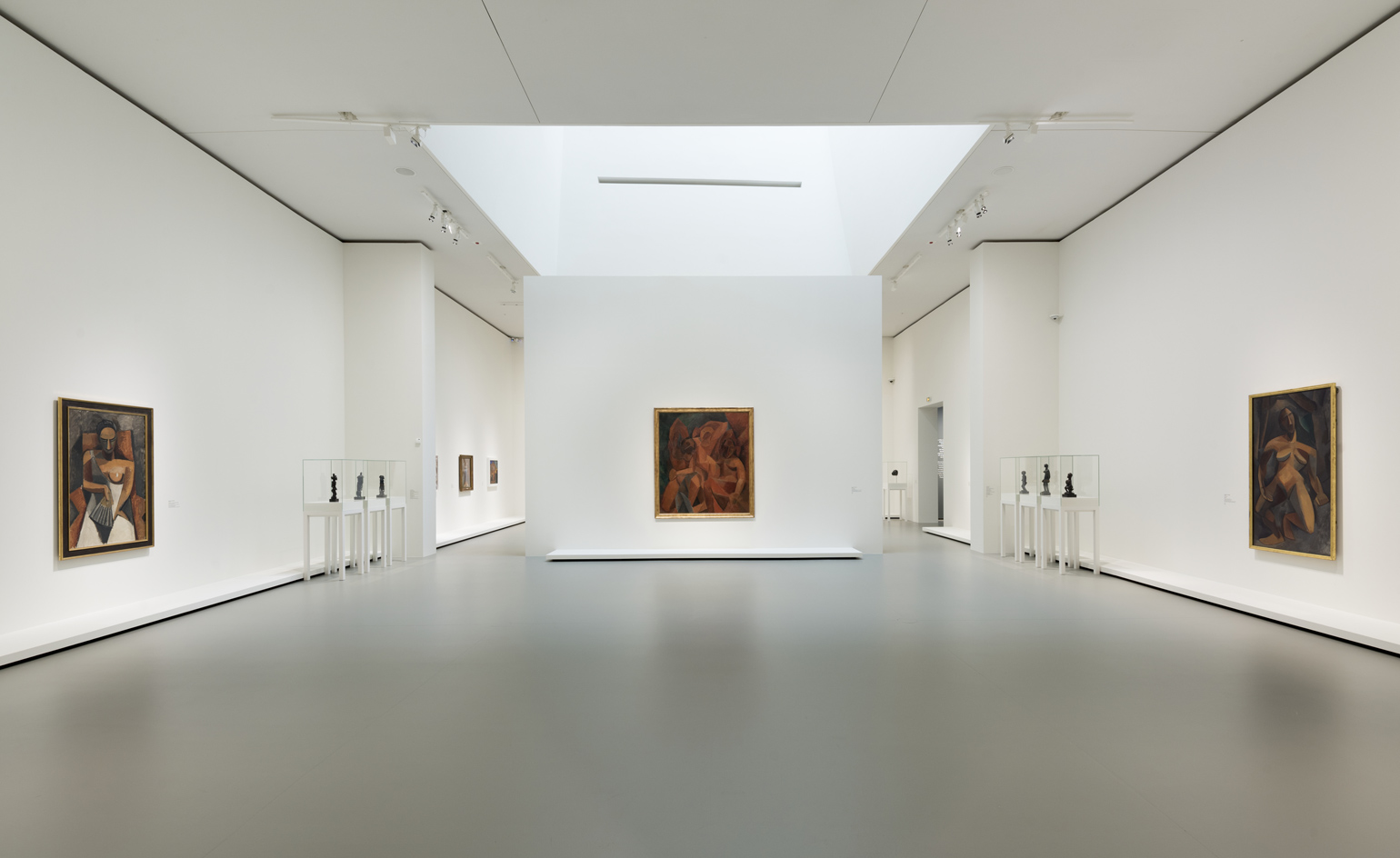
Installation view of ’Icons of Modern Art: The Shchukin Collection’ at Fondation Louis Vuitton
Hence the counterpoint of Picasso’s Peasant Woman with Buckets and a Child (1912) with Malevich’s Woman with Pails, Dynamic Arrangement (1912–1913) – a cubist genre scene against a grouping of geometric shapes barely discernible as a female form. The theme ‘Prototypes of New Painting’ in the final gallery, where Cézanne’s Mardi Gras depiction and Picasso’s Green Pan and Black Bottle keep company with various works by Malevich, Olga Rozanova and Ivan Kliun, suggests all these radical proposals find new harmony from certain shared elements.
‘It was thanks to the pressure [the Russian artists] exerted that he purchased so many Picassos in such a short period of time... he was dedicated to these artists,’ explained curator Anne Baldessari to Wallpaper* during the preview. As former head of the Picasso Museum in Paris, she believes that this is the important takeaway aside from the obvious beauty of the impressionist and fauvist works. 'It was a powerful dialogue between them – he was already nearly 60 years old and these young artists wanted him to buy contemporary French art. The Picassos that were so austere, no one was buying them.’

’Three Women’, by Pablo Picasso, 1908. Courtesy of The Pushkin State Museum of Fine Arts, Moscow
Fast forward nearly a century, and there’s a sense that the aesthetic borrowing between Russia and France is once again in motion, only in reverse. Today, we have Georgian designer Demna Gvasalia bringing an Eastern Bloc influence to French high fashion with Balenciaga and his own Paris label, Vetements. ‘It was a perpetual confrontation,’ noted Baldessari, adding, ‘Here, we see how the history of art was built.’ She was speaking of Shchukin’s collection; but of course, out of all great art emerges so much more.
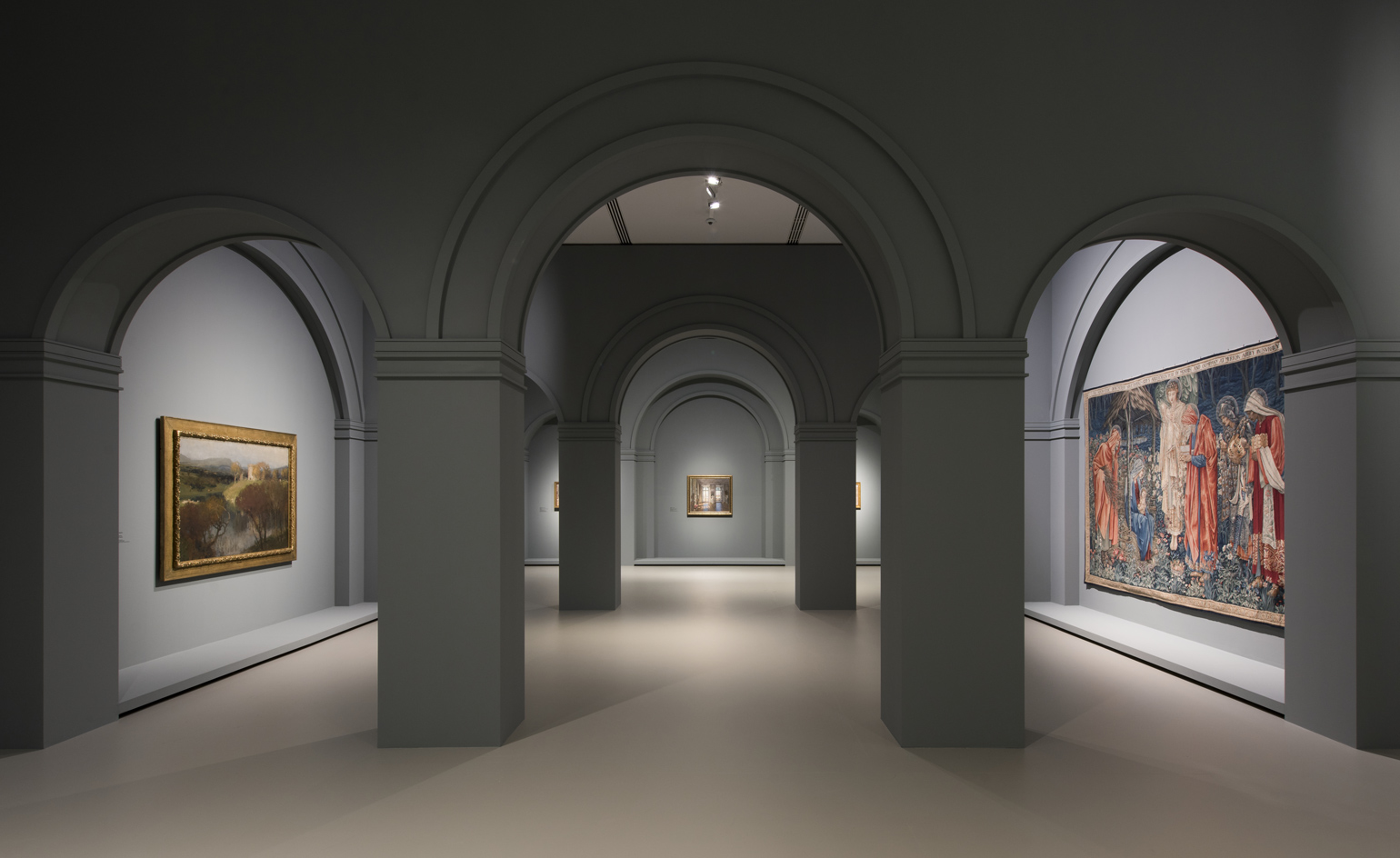
The exhibition, organised by the Fondation Louis Vuitton in Paris, brings together paintings, sculptures, collages and drawings from Shchukin’s collection.
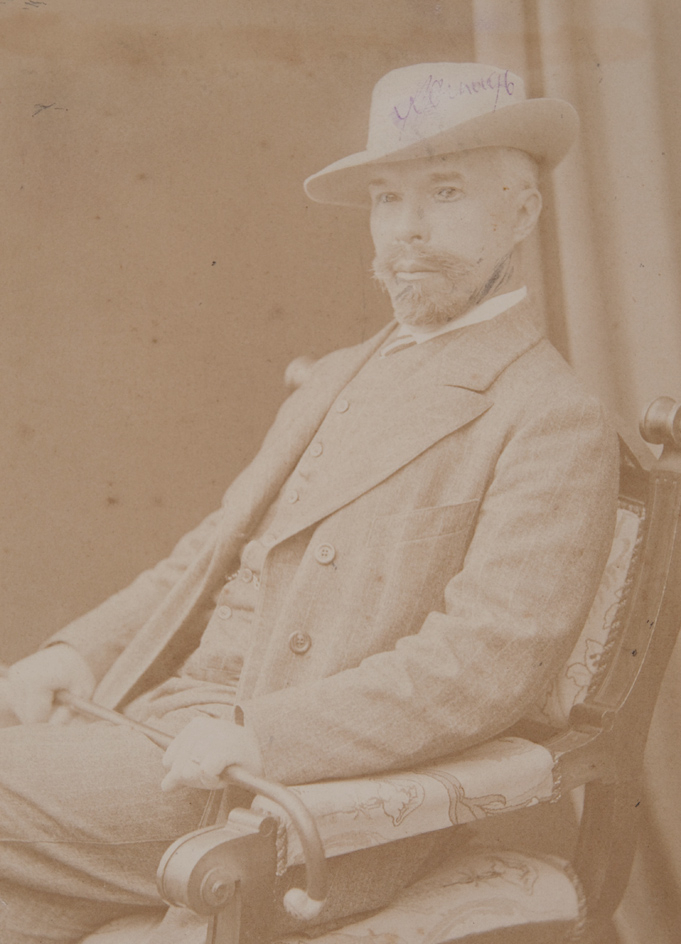
Sergei Shchukin, c.1900. Courtesy of The Pushkin State Museum of Fine Arts, Moscow
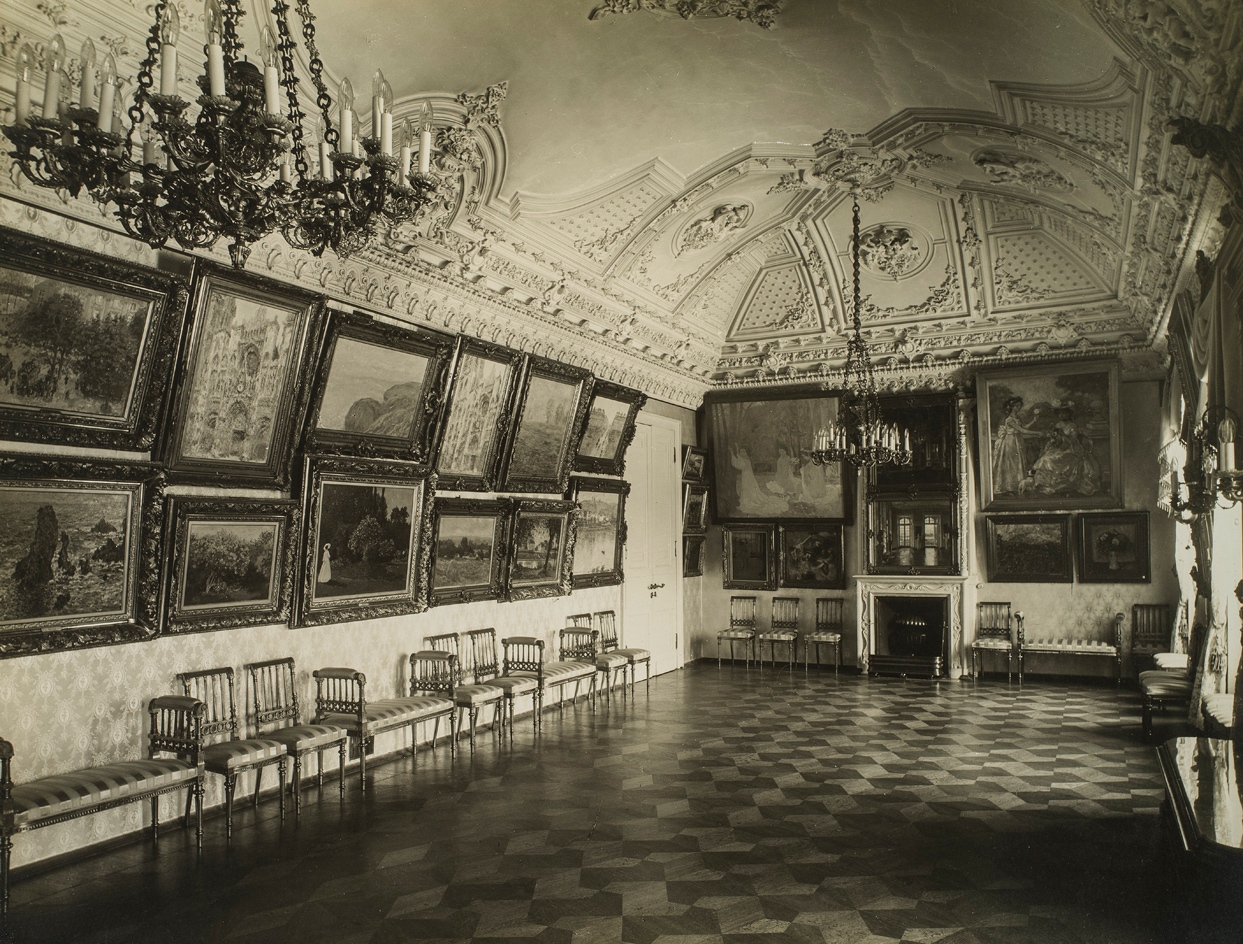
The art-filled music room in Shchukin’s townhouse
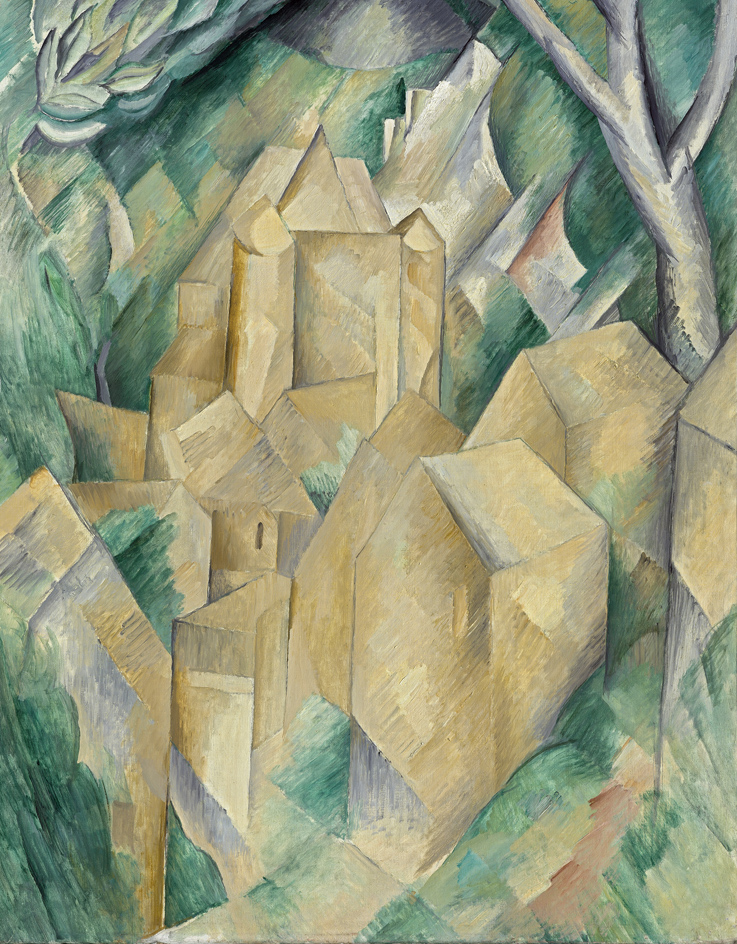
Castle at La Roche-Guyon, by Georges Braque, 1909. © ADAGP, Paris 2016. Courtesy of the Pushkin Museum, Moscow
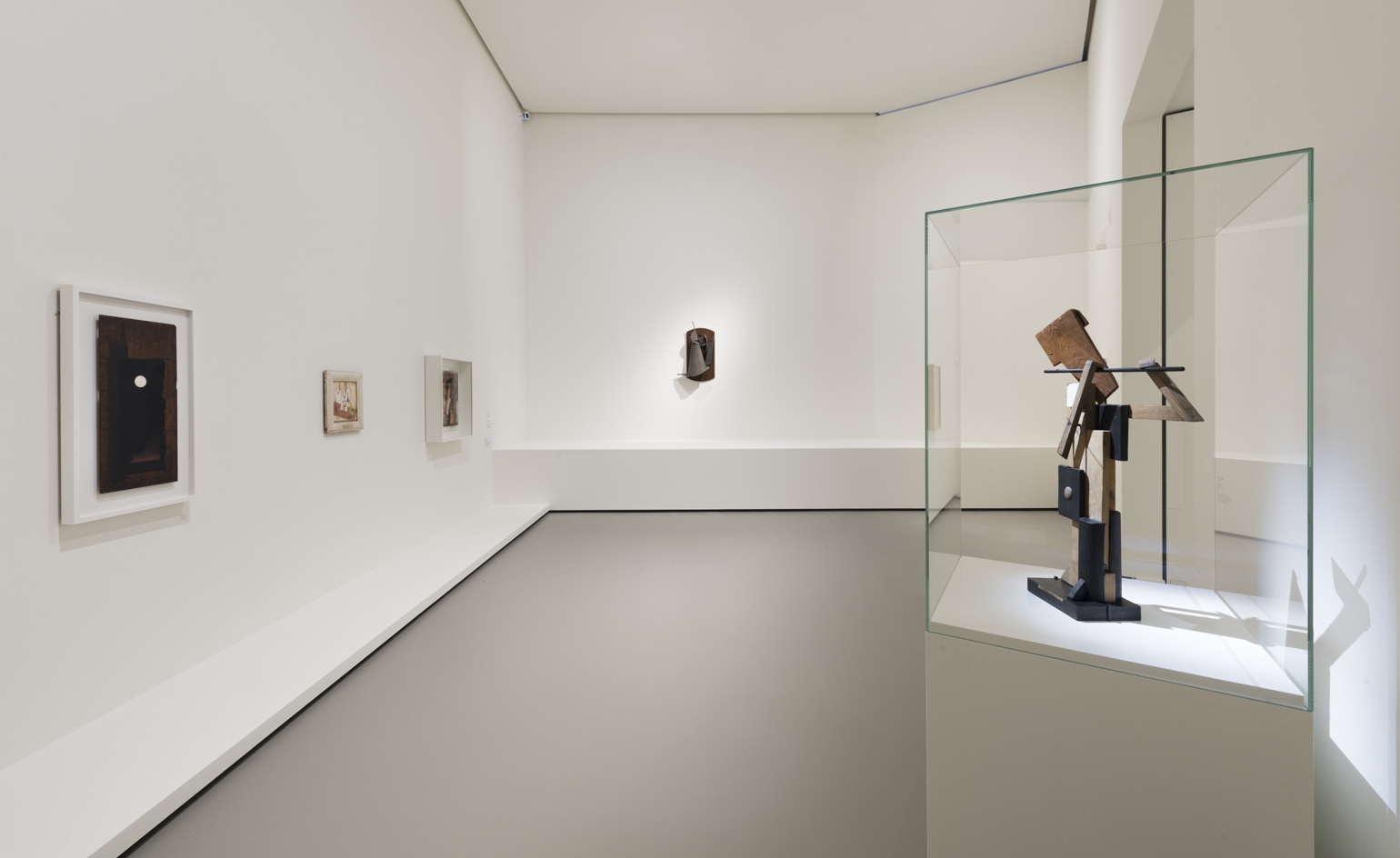
The exhibition presents a significant ensemble of 130 major pieces by impressionist, post-impressionist and modern masters.
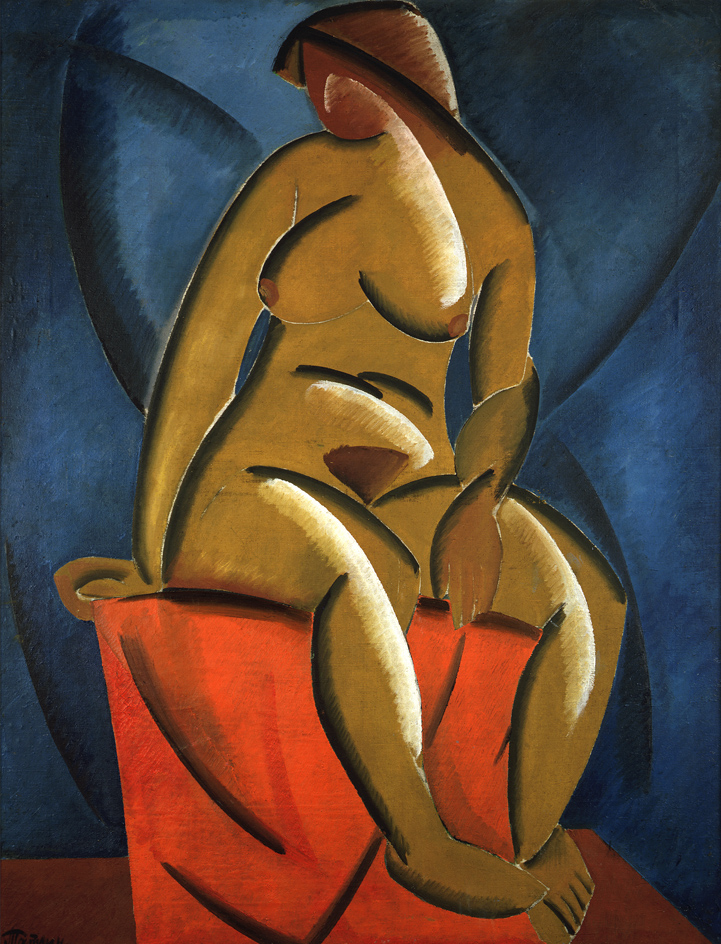
Nu, by Vladimir Tatlin, 1913. Courtesy of Tretiakov Gallery, Moscow
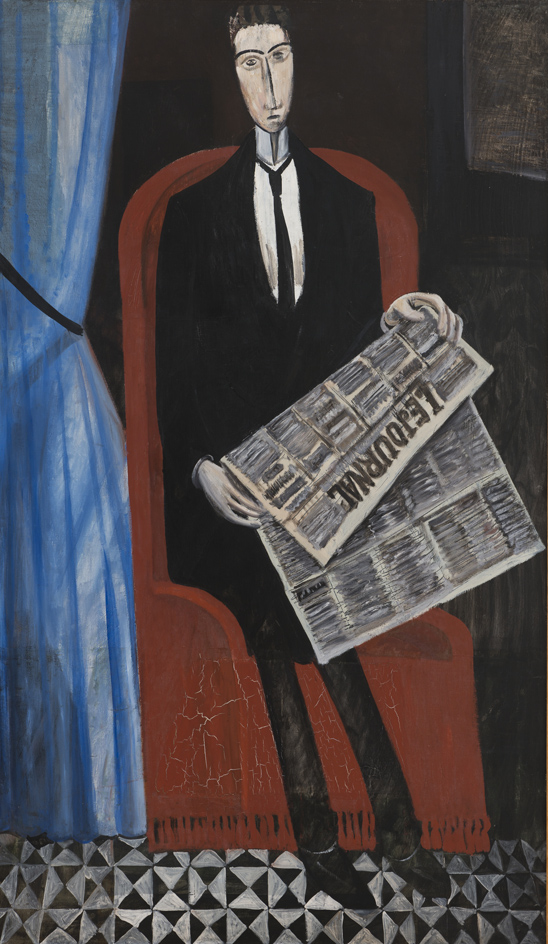
L’Homme au journal (Chevalier X), by André Derain, 1911–1914. © ADAGP, Paris 2016. Courtesy of Hermitage Museum, St Petersburg
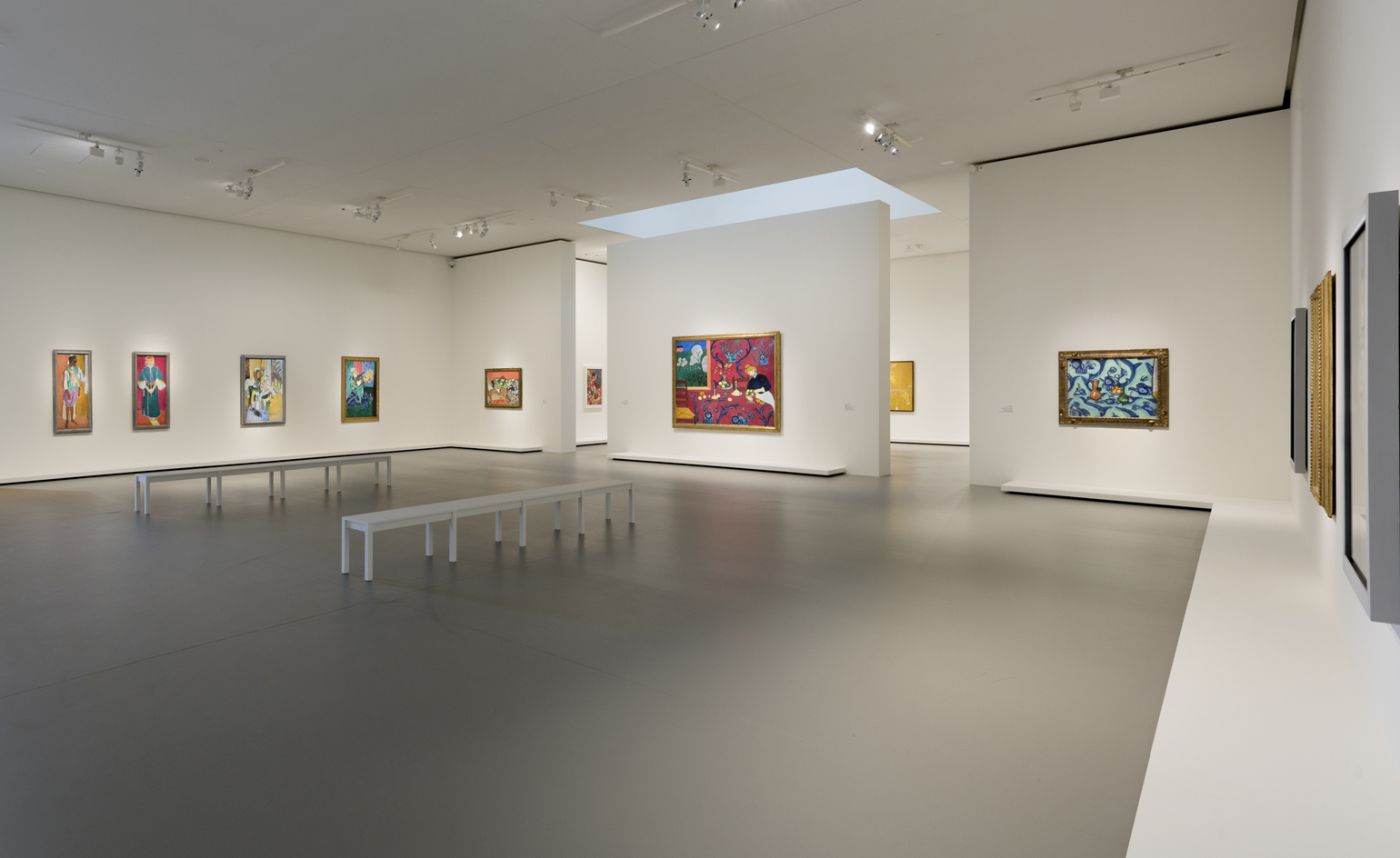
Installation view of ’Icons of modern art: The Shchukin Collection’.
INFORMATION
’Icons of Modern Art: The Shchukin Collection’ is on view until 20 February 2017. For more information, visit the Fondation Louis Vuitton website
ADDRESS
Wallpaper* Newsletter
Receive our daily digest of inspiration, escapism and design stories from around the world direct to your inbox.
Fondation Louis Vuitton
8 avenue Mahatma Gandhi
75116, Paris
-
 All-In is the Paris-based label making full-force fashion for main character dressing
All-In is the Paris-based label making full-force fashion for main character dressingPart of our monthly Uprising series, Wallpaper* meets Benjamin Barron and Bror August Vestbø of All-In, the LVMH Prize-nominated label which bases its collections on a riotous cast of characters – real and imagined
By Orla Brennan
-
 Maserati joins forces with Giorgetti for a turbo-charged relationship
Maserati joins forces with Giorgetti for a turbo-charged relationshipAnnouncing their marriage during Milan Design Week, the brands unveiled a collection, a car and a long term commitment
By Hugo Macdonald
-
 Through an innovative new training program, Poltrona Frau aims to safeguard Italian craft
Through an innovative new training program, Poltrona Frau aims to safeguard Italian craftThe heritage furniture manufacturer is training a new generation of leather artisans
By Cristina Kiran Piotti
-
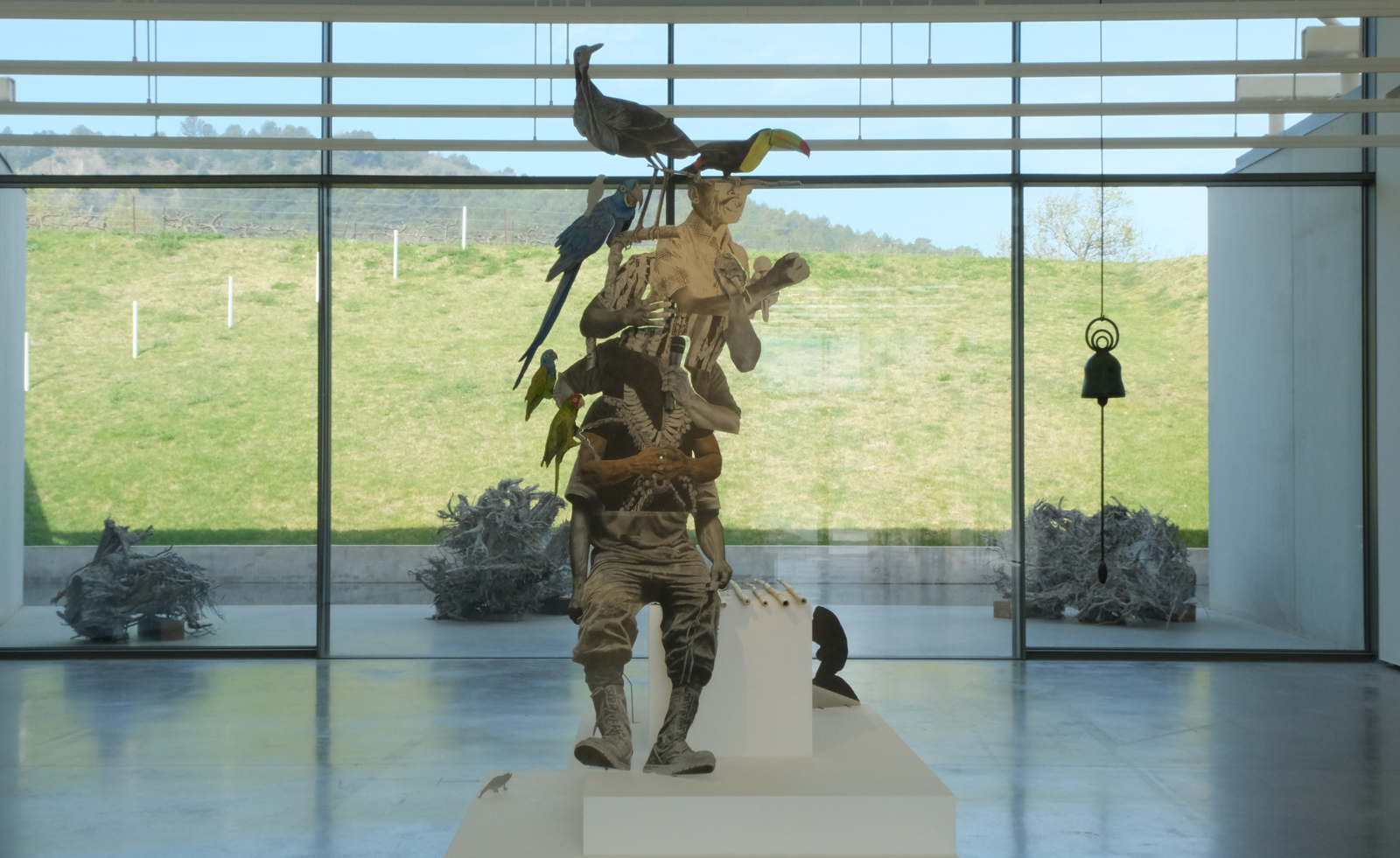 Contemporary artist collective Poush takes over Château La Coste
Contemporary artist collective Poush takes over Château La CosteMembers of Poush have created 160 works, set in and around the grounds of Château La Coste – the art, architecture and wine estate in Provence
By Amy Serafin
-
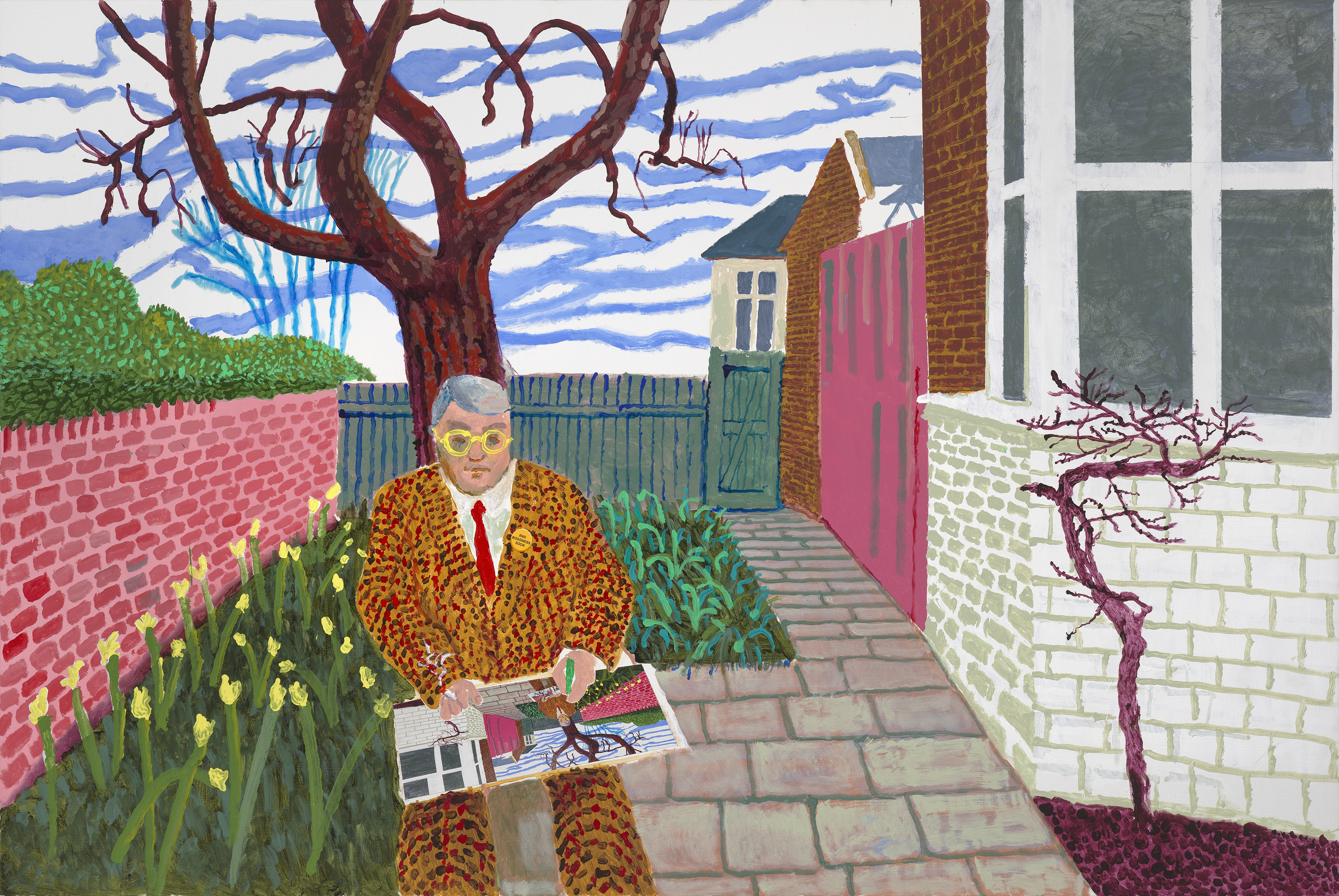 ‘David Hockney 25’: inside the artist’s blockbuster Paris show
‘David Hockney 25’: inside the artist’s blockbuster Paris show‘David Hockney 25’ has opened at Fondation Louis Vuitton in Paris. Wallpaper’s Hannah Silver took a tour of the colossal, colourful show
By Hannah Silver
-
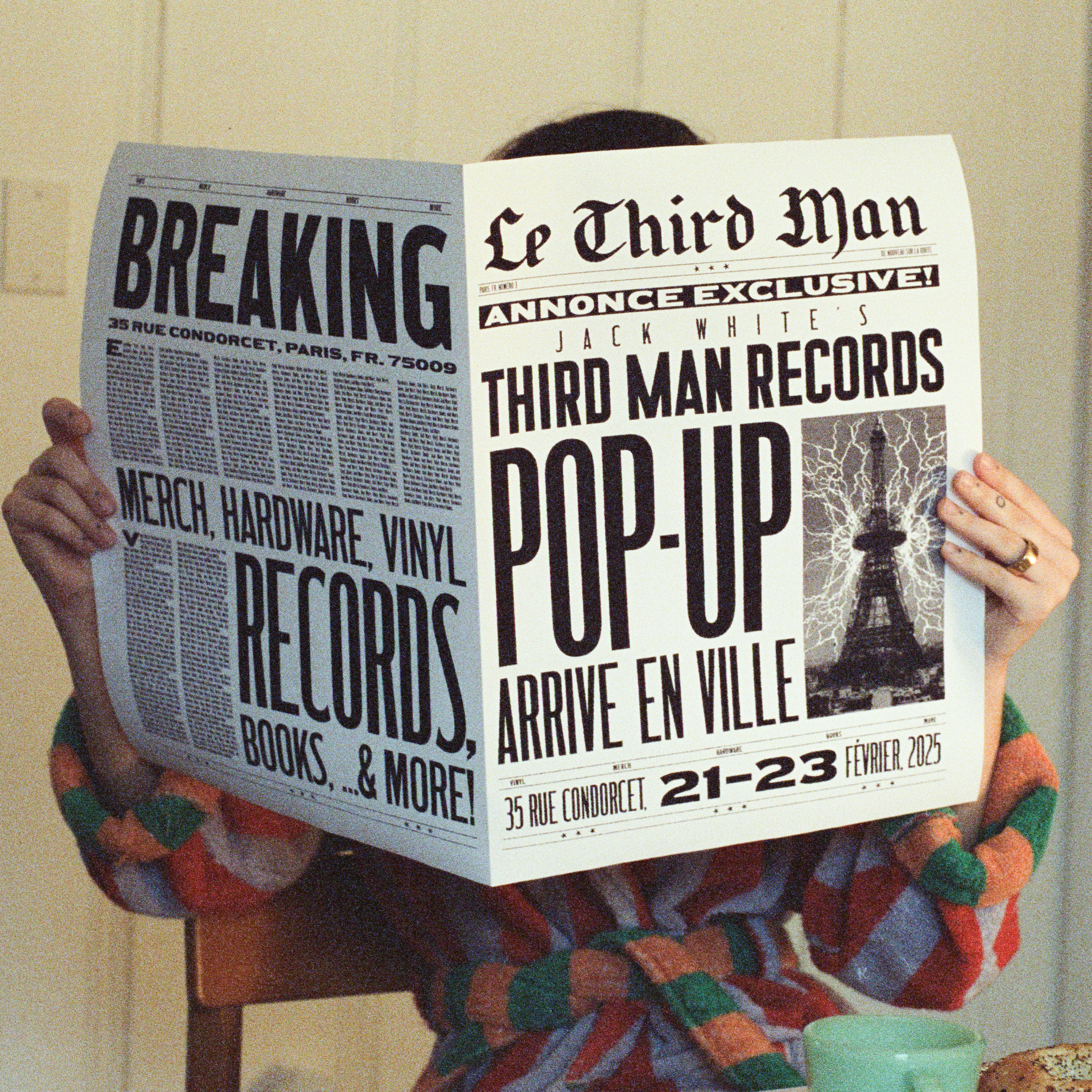 Jack White's Third Man Records opens a Paris pop-up
Jack White's Third Man Records opens a Paris pop-upJack White's immaculately-branded record store will set up shop in the 9th arrondissement this weekend
By Charlotte Gunn
-
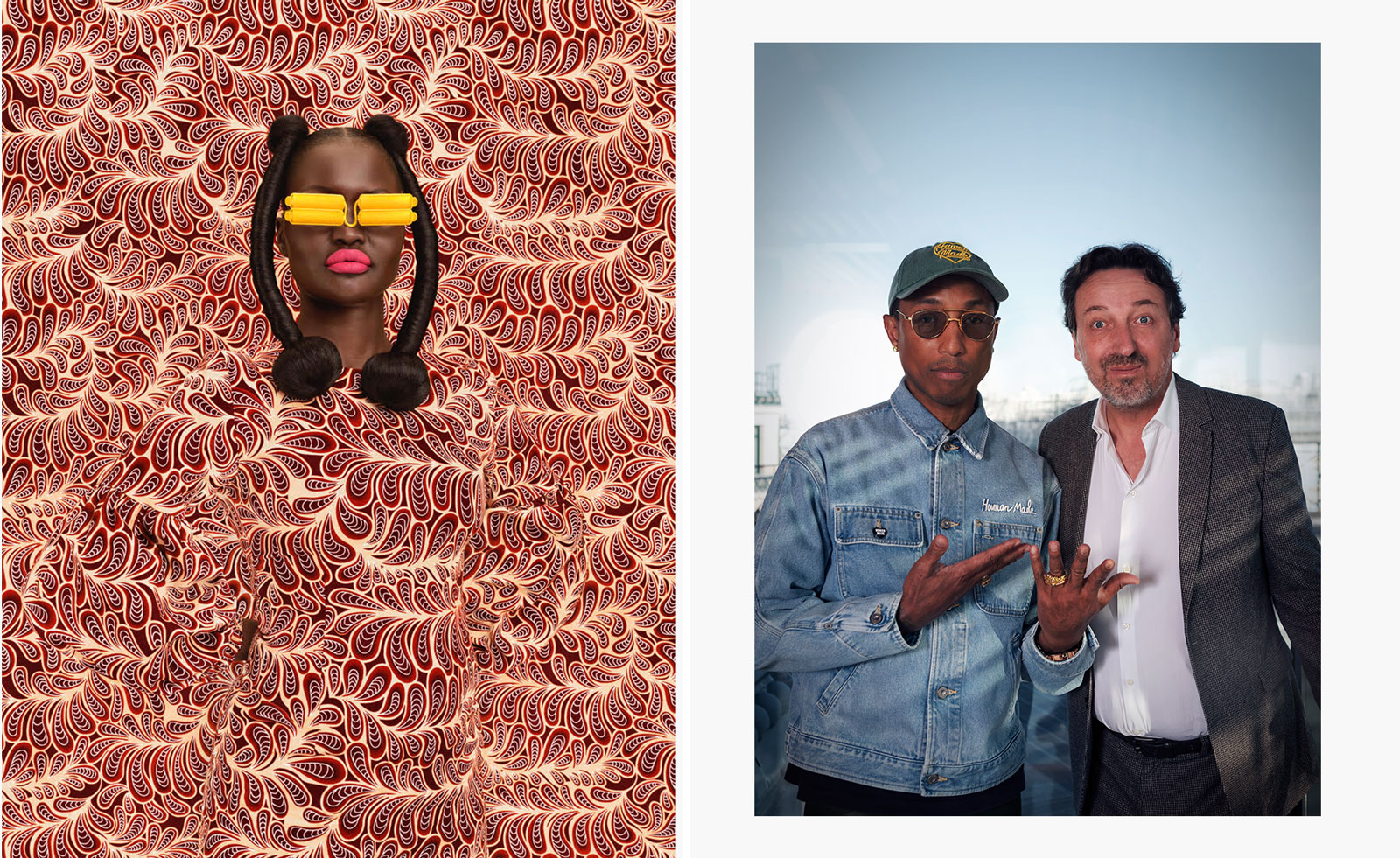 ‘The Black woman endures a gravity unlike any other’: Pharrell Williams explores diverse interpretations of femininity in Paris
‘The Black woman endures a gravity unlike any other’: Pharrell Williams explores diverse interpretations of femininity in ParisPharrell Williams returns to Perrotin gallery in Paris with a new group show which serves as an homage to Black women
By Amy Serafin
-
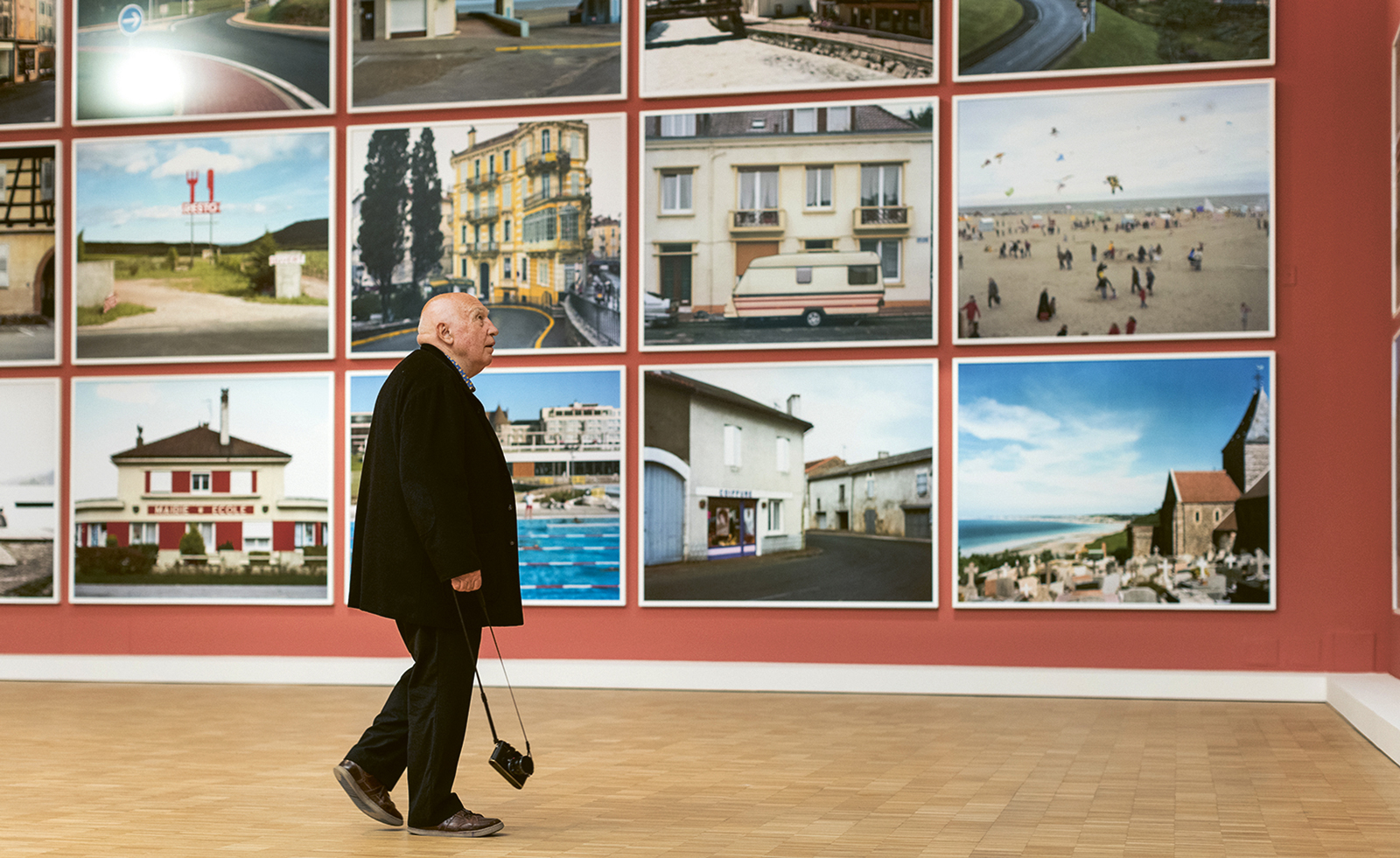 What makes fashion and art such good bedfellows?
What makes fashion and art such good bedfellows?There has always been a symbiosis between fashion and the art world. Here, we look at what makes the relationship such a successful one
By Amah-Rose Abrams
-
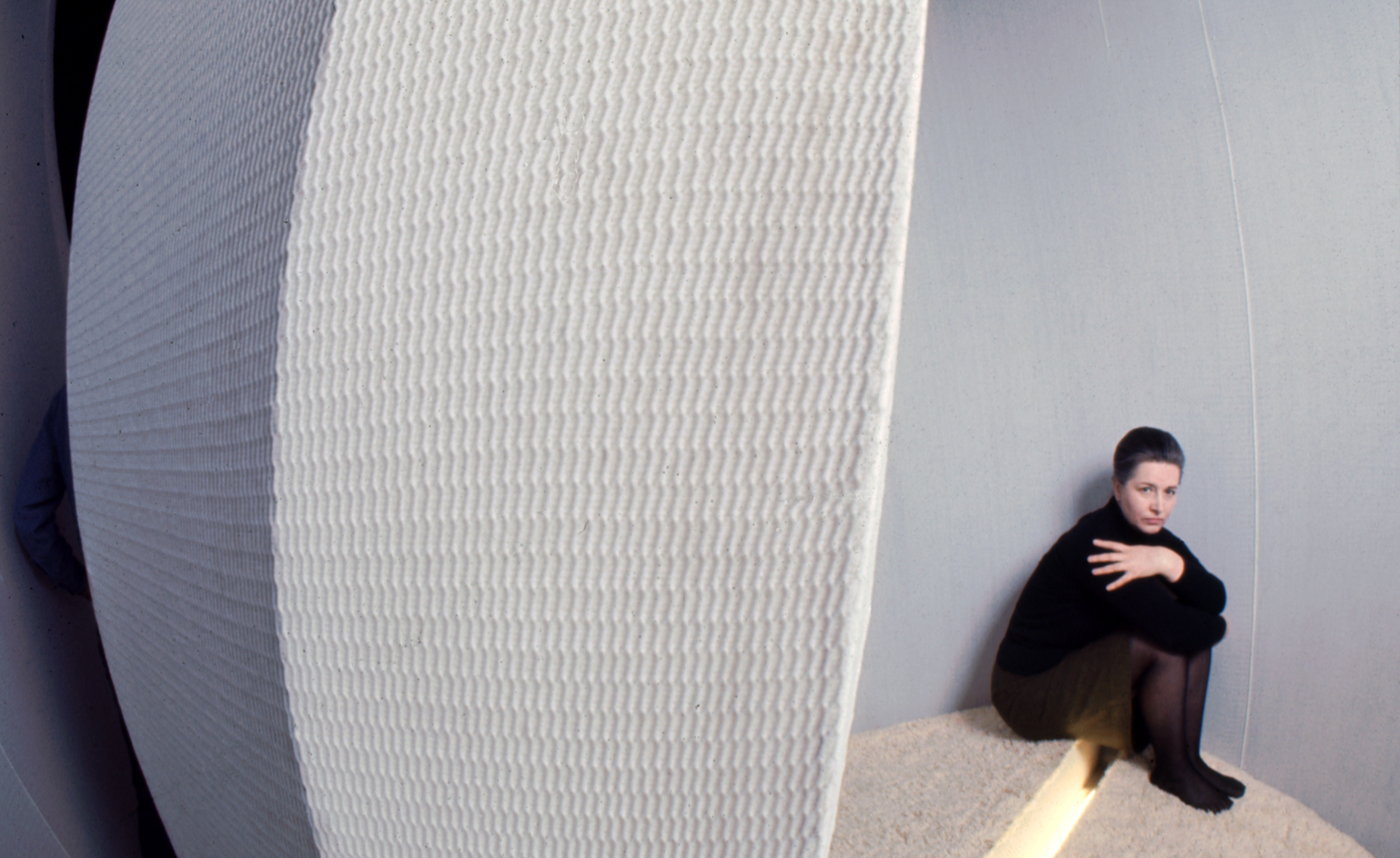 Architecture, sculpture and materials: female Lithuanian artists are celebrated in Nîmes
Architecture, sculpture and materials: female Lithuanian artists are celebrated in NîmesThe Carré d'Art in Nîmes, France, spotlights the work of Aleksandra Kasuba and Marija Olšauskaitė, as part of a nationwide celebration of Lithuanian culture
By Will Jennings
-
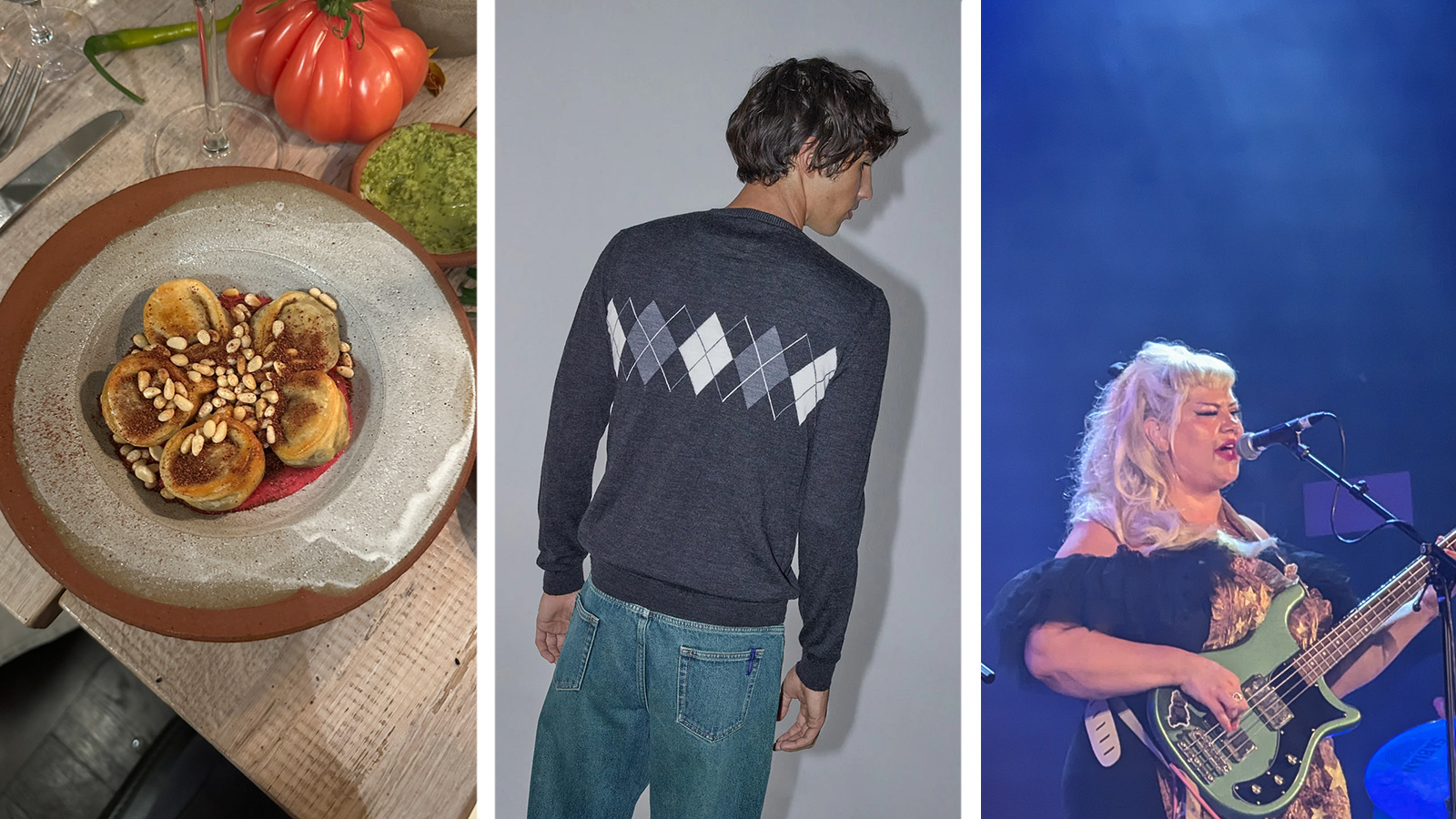 Out of office: what the Wallpaper* editors have been doing this week
Out of office: what the Wallpaper* editors have been doing this weekInvesting in quality knitwear, scouting a very special pair of earrings and dining with strangers are just some of the things keeping the Wallpaper* team occupied this week
By Bill Prince
-
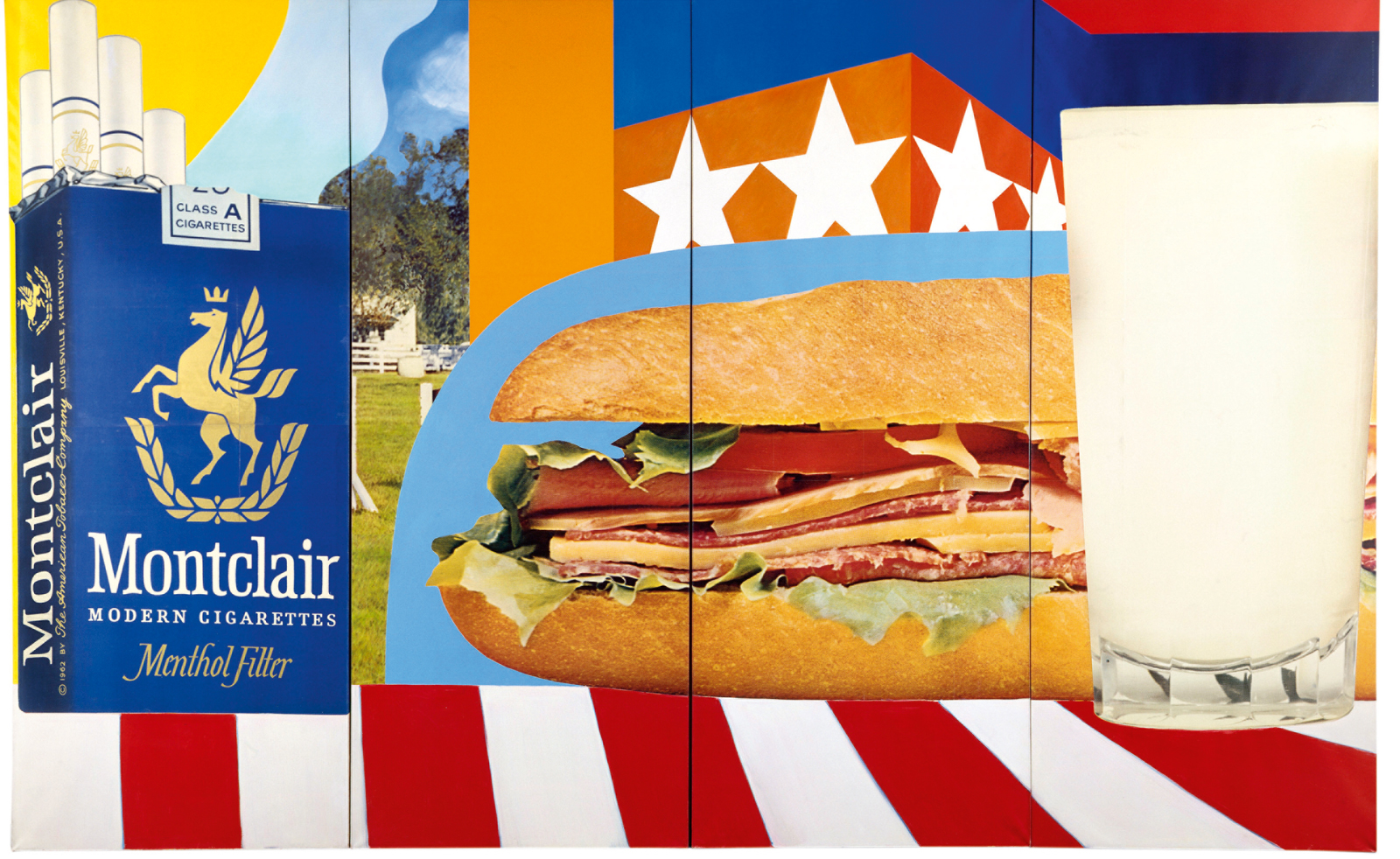 Tom Wesselmann’s enduring influence on pop art goes under the spotlight in Paris
Tom Wesselmann’s enduring influence on pop art goes under the spotlight in Paris‘Pop Forever, Tom Wesselmann &...’ is on view at Fondation Louis Vuitton in Paris until 24 February 2025
By Ann Binlot